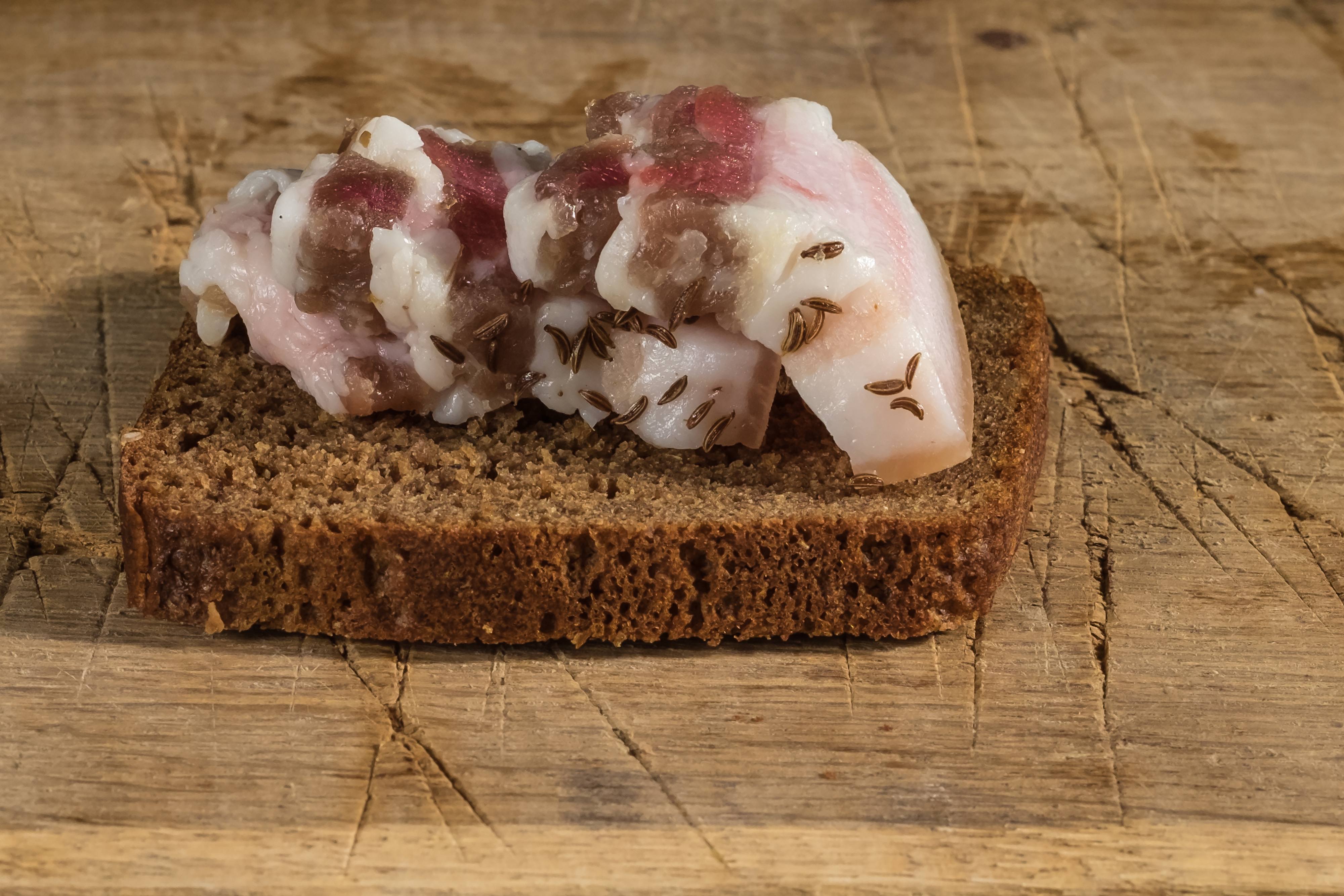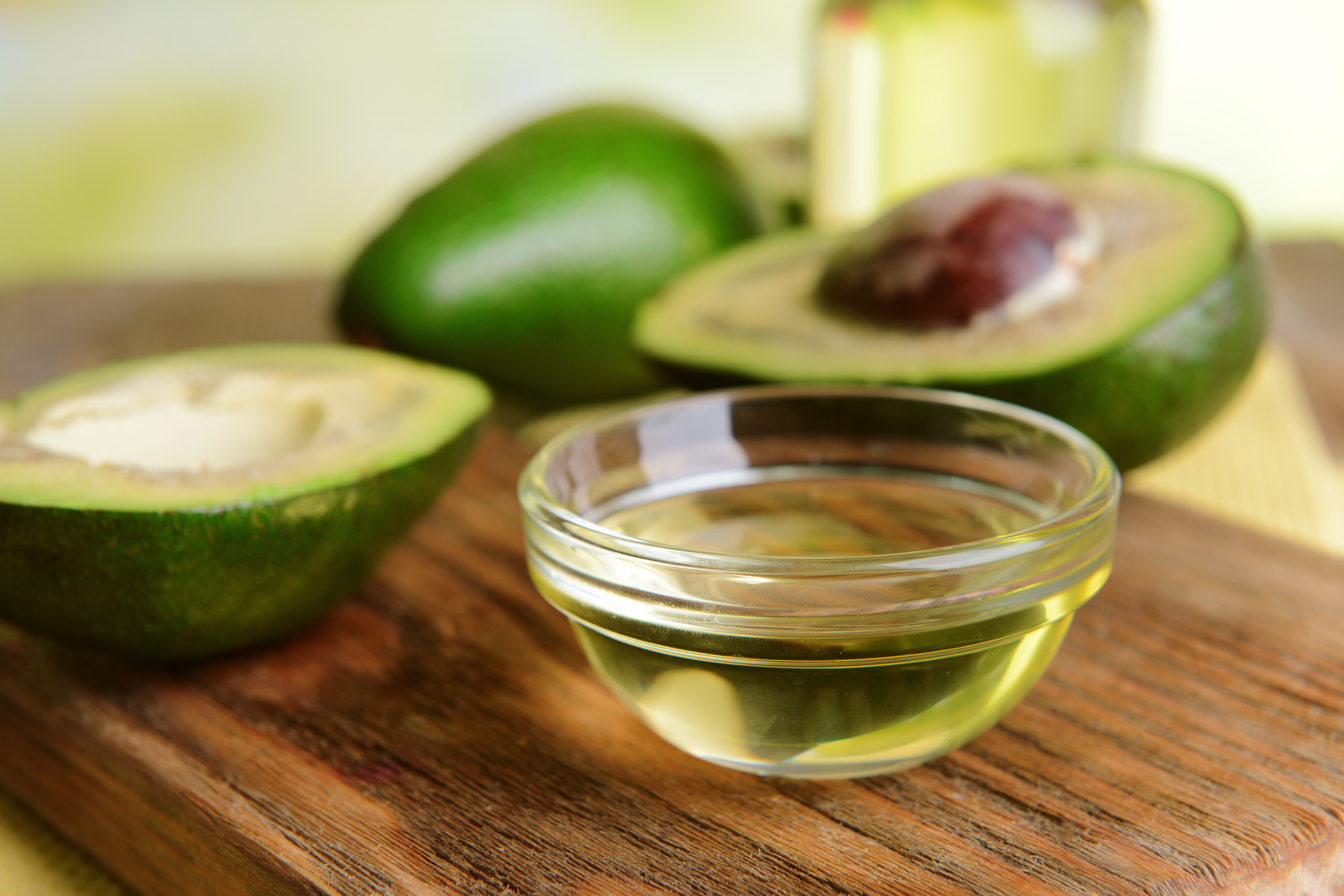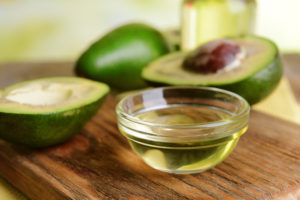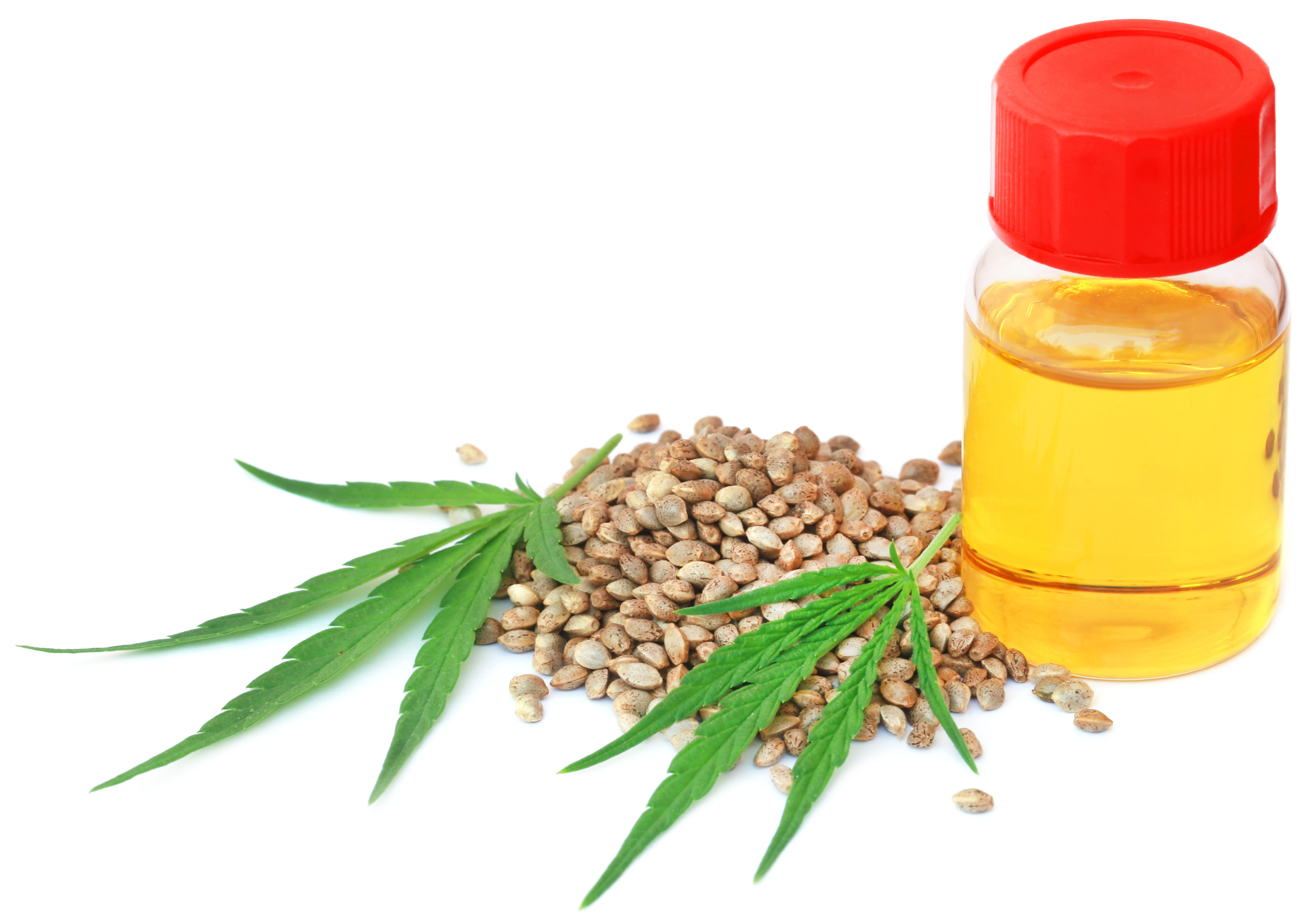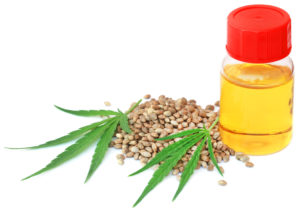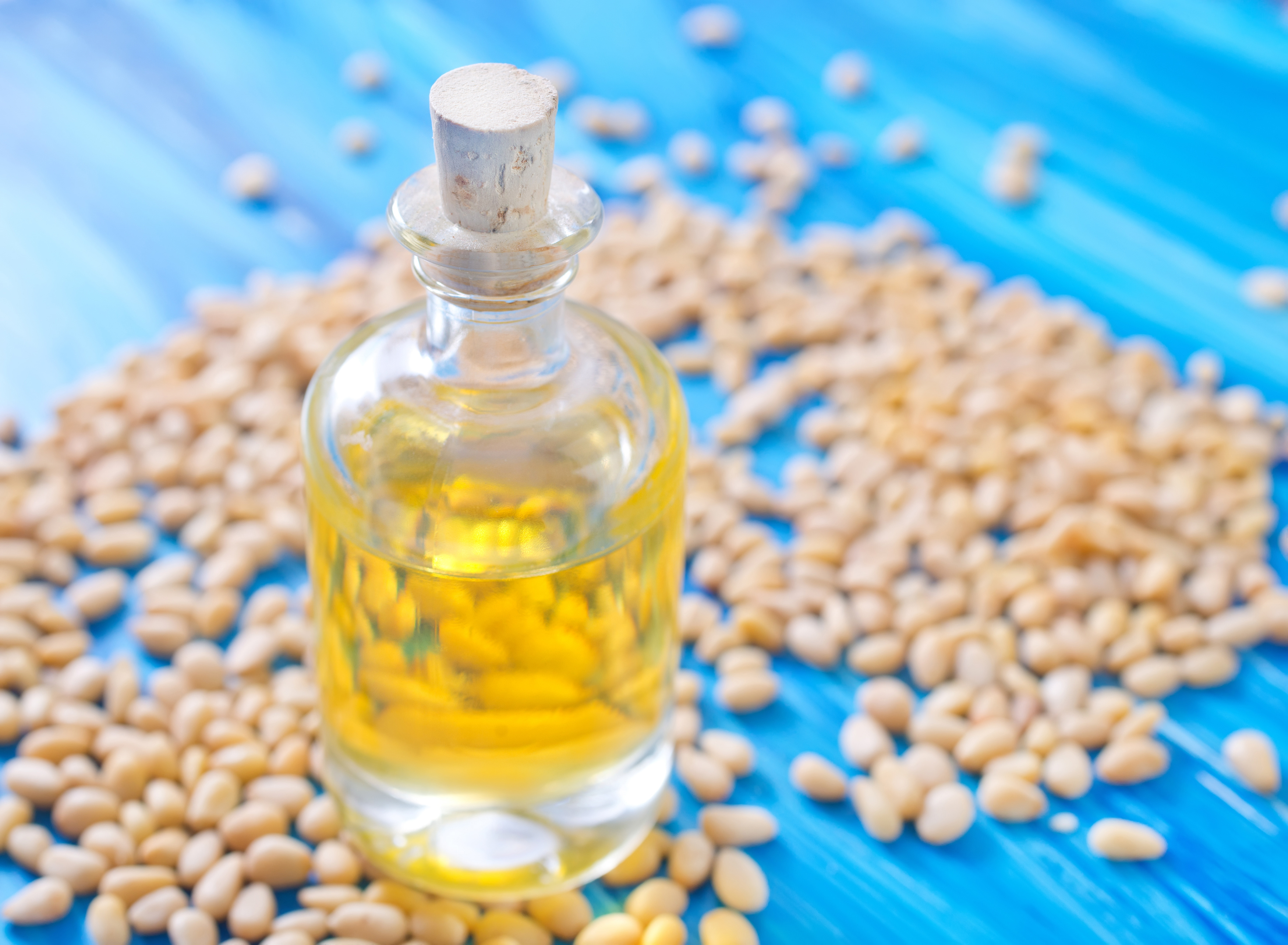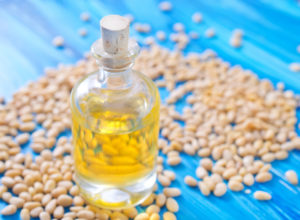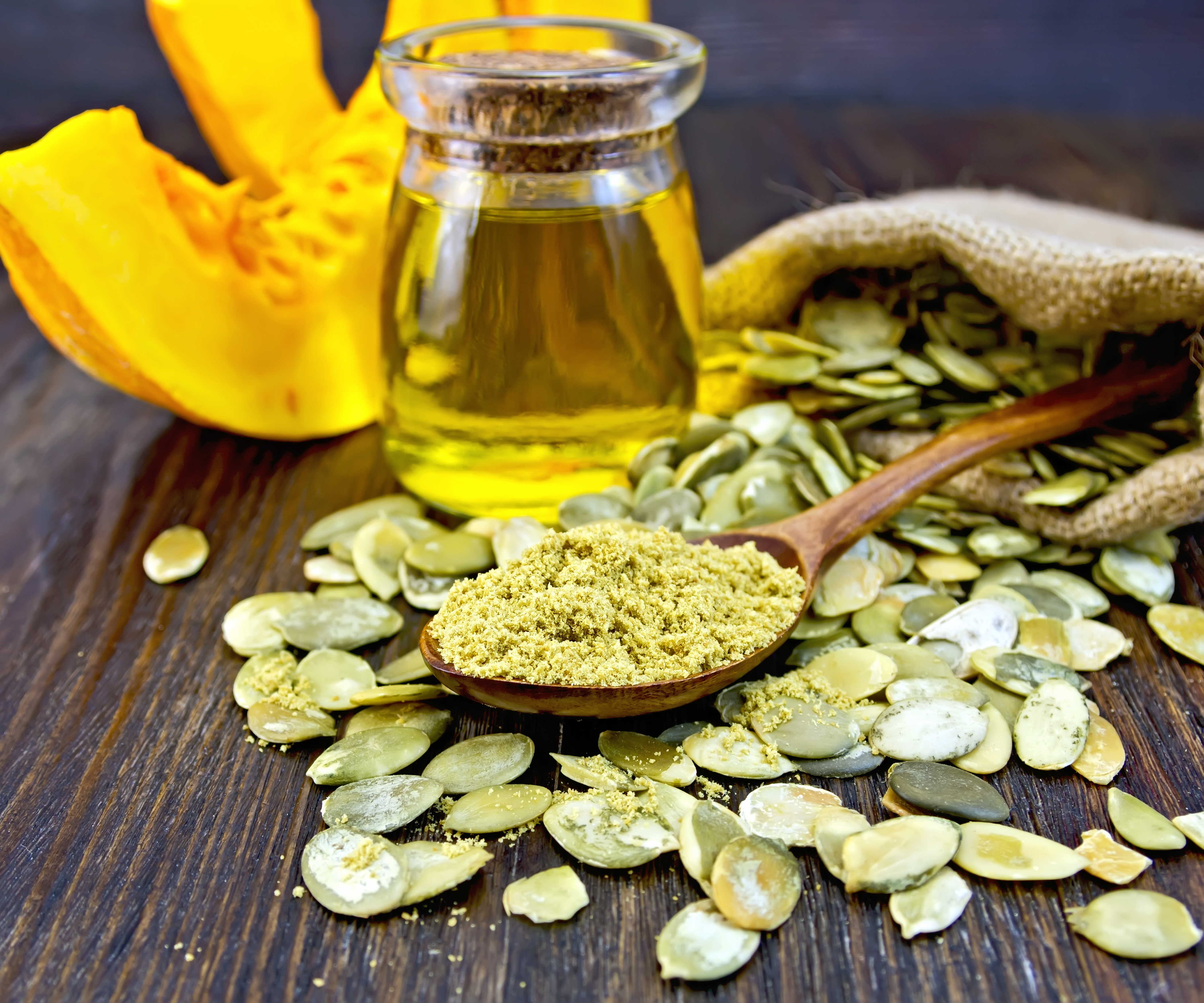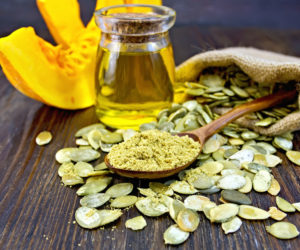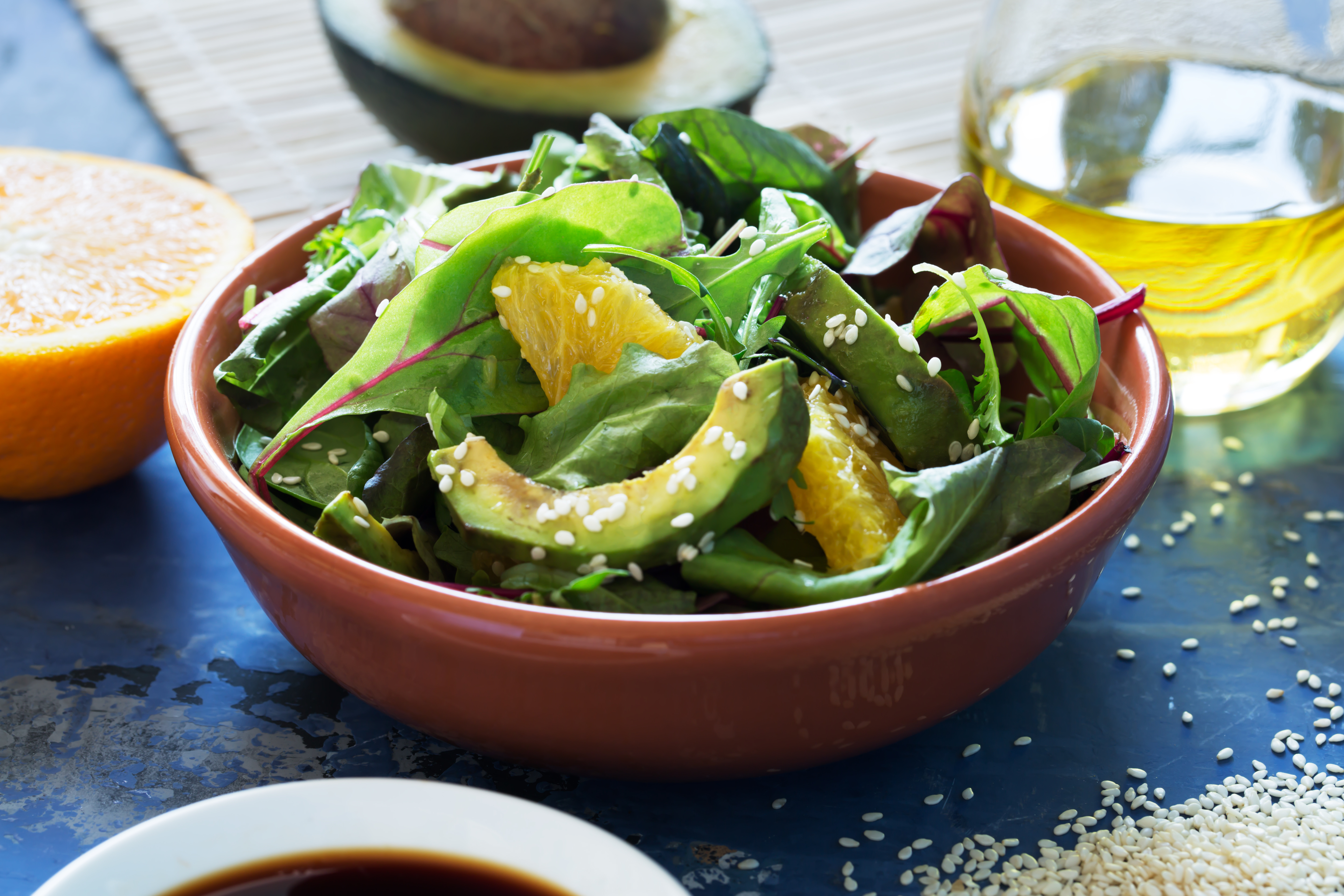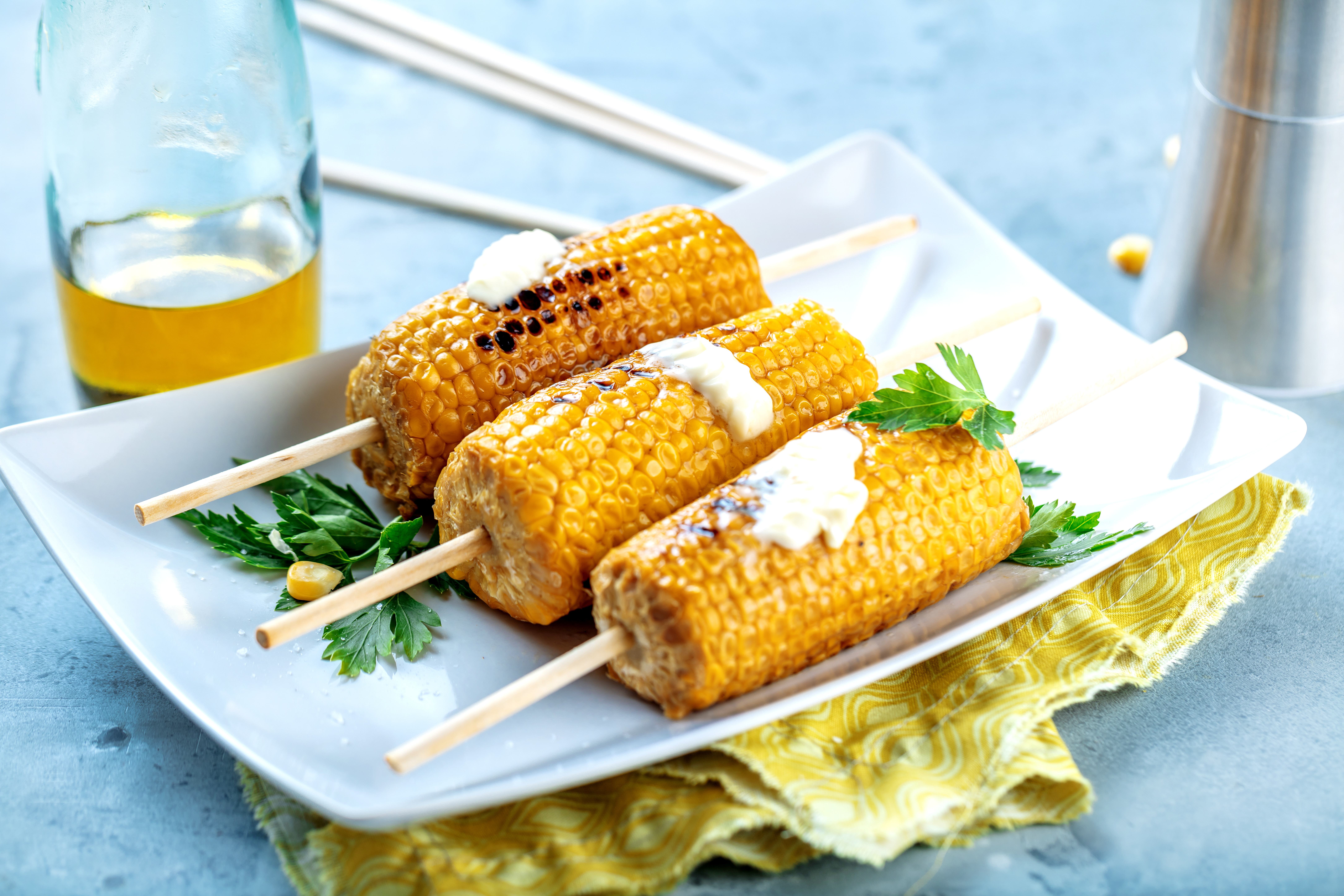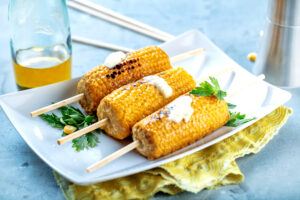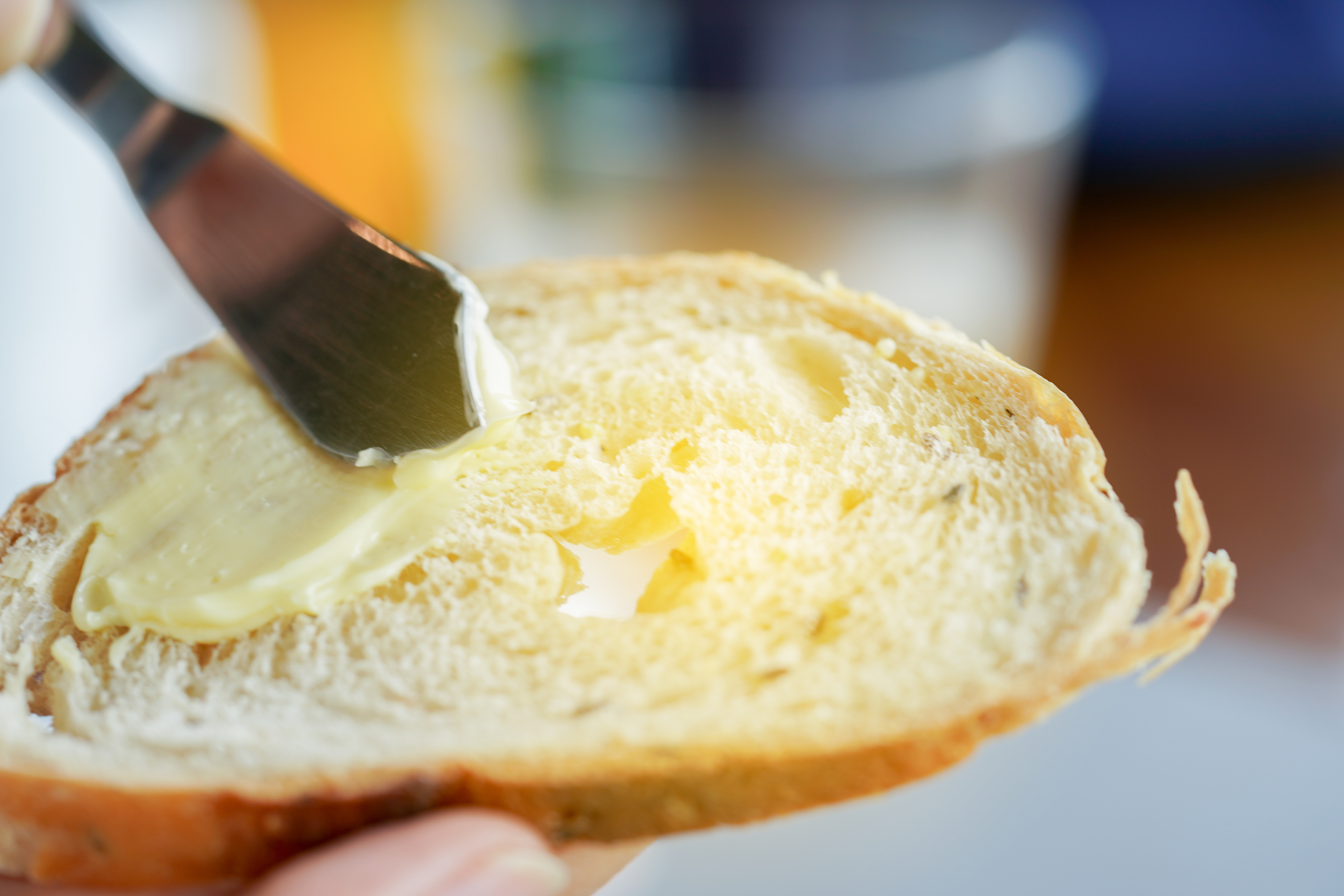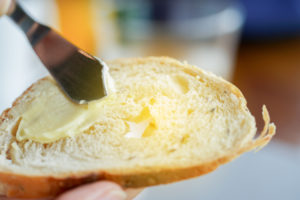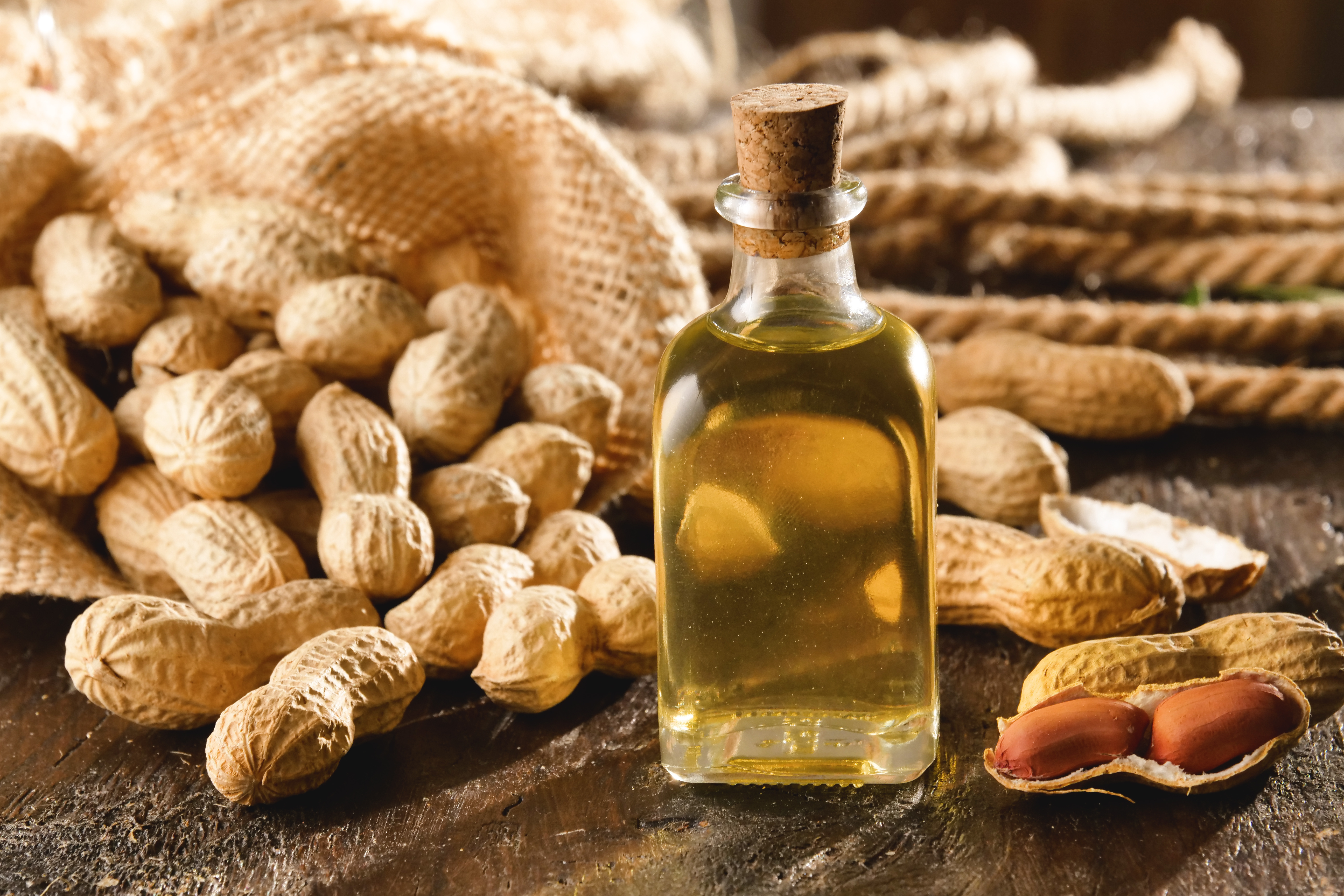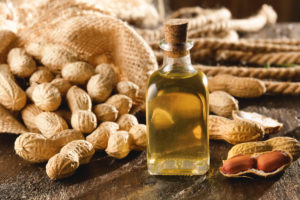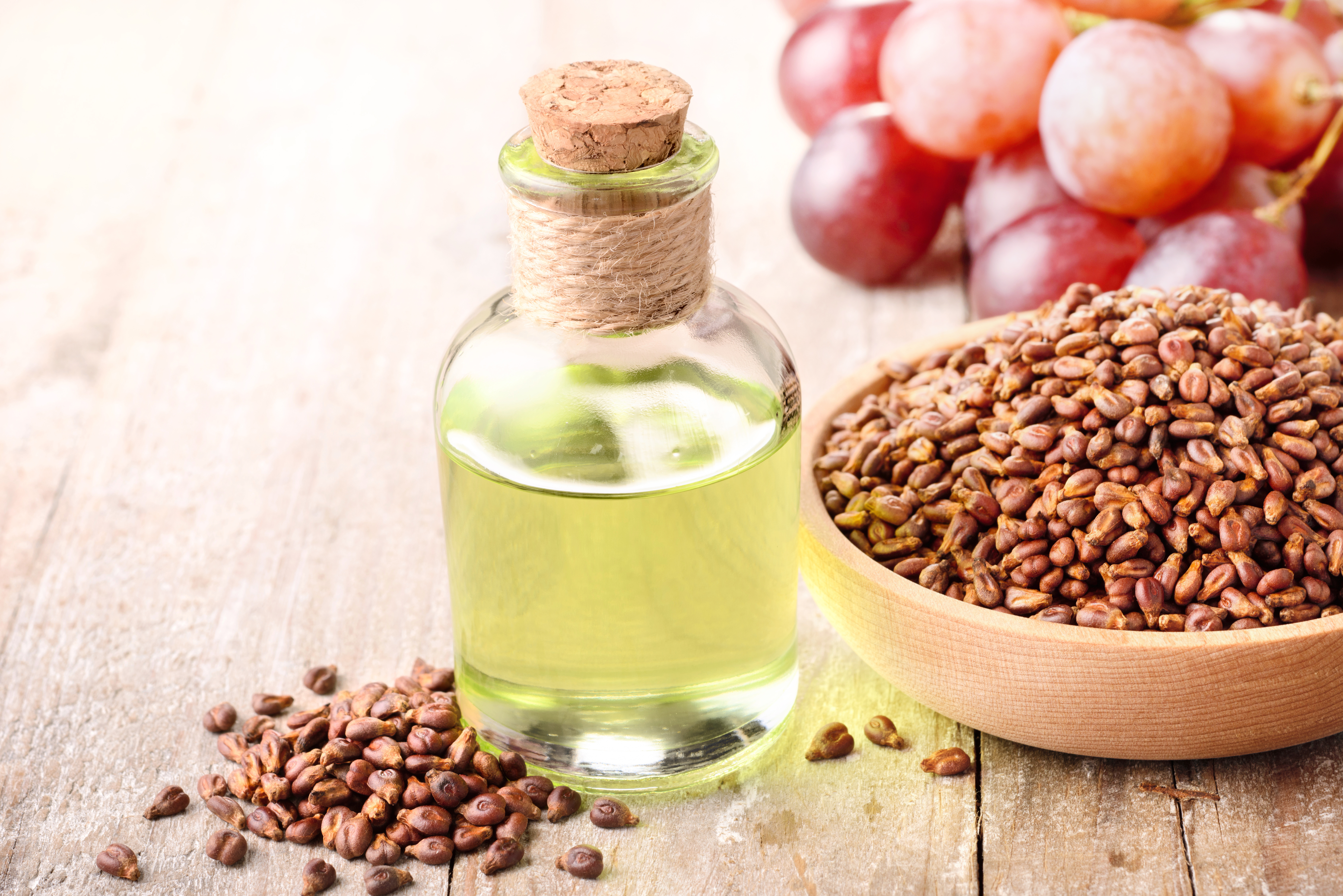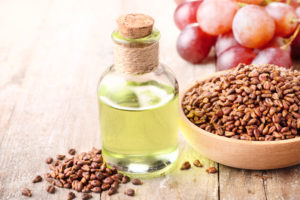[embedyt] https://www.youtube.com/watch?v=tY9ZzJF5_xw[/embedyt]
When it comes to eating meat, the more health-conscious among us go for the leaner cuts and toss or avoid the fattier parts, right? With beef, it is no different.
But maybe beef tallow has been getting a bad rap over the years. Maybe it is something we should pay more attention to.
Learn more about how beef tallow can become a part of your everyday life and so much more in this article.
Where does it come from?
Historically, beef tallow was a traditional cooking fat used in households across the world. However, with the introduction of vegetable shortening as a potentially healthier option, beef tallow was set aside and its use declined rapidly in the 20th century.
The word tallow refers to the rendered fat of an animal. Beef tallow is therefore rendered fat from a cow. The fat that is rendered is called suet, which is the hard, white fatty layer that surrounds organs such as the loin and kidneys.
Beef Tallow is similar in appearance to lard (pork fat) and is shaped like a big stick of butter. It is solid at room temperature and melts at about 100-118°F (or 38-48°C). It also looks like a coconut oil and butter hybrid; however, it has a dry, waxy texture.
Beef tallow has been making quite the comeback this past decade with the movement towards traditional foods and diets. More and more persons have become interested in this fat, including you.
Uses For Beef Tallow
Beef tallow has been used mainly for cooking. In fact, big-name fast-food restaurants such as McDonald’s, Burger King, Popeye’s and Wendy’s all used to use this fat to cook their French fries and onion rings. But beef tallow’s uses are not limited to just cooking. Here are some other uses of beef tallow that may even surprise you:
Skincare
Animal fat on your skin, sounds crazy right? It actually isn’t because beef tallow is full of CLAs (Conjugated Linoleic Acid) which have antimicrobial and anti-inflammatory properties. It can cure blisters and cracked skin from tight shoes, prevent and treat diaper rash in babies and soothe skin irritation caused by chickenpox or poison ivy.
Beef tallow also matches the fatty acid profile of the cells in our skin which make it perfect for keeping them hydrated. Balms, moisturizers and makeup removers have also been made using beef tallow.
Making soaps
Many of the skincare products that we use, including soaps, contain chemicals and harsh fragrances which gets absorbed into our bloodstream. They can also dehydrate the skin, leaving it dry and stripped of its natural oils. Tallow was also used in many high-end shaving soaps back in the day.
Beef Tallow soap can also be used as a laundry detergent which is much gentler on clothes than many of the top brands.
Candle making
Tallow is a cheap alternative to wax candles that have been used by people all over the world to provide light and heating to their homes. Even the poorest of society used what was known as a tallow drip, which consisted of a lit strip of cloth in a saucer of tallow grease.
Making banknotes
Not sure if you were aware, but there was a huge uproar created by the United Kingdom’s Vegan, Sikh, Hindu, Jewish and Muslim community when it was discovered that their banknotes contained tallow. Tallow is used to make the banknotes waterproof, durable and anti-static.
It was also revealed that the currencies of at least 23 other countries, including Australia, Malaysia, and Singapore, contained tallow in their polymers.
[embedyt] https://www.youtube.com/watch?v=Q4w5lSTIFJQ[/embedyt]
Nutritional facts
In 100 grams of pure beef tallow, you will find:
NB: Because beef tallow is a pure source of fat, it has no protein or carbohydrates.
Beef tallow contains Vitamins D and E, and trace amounts of a mineral known as selenium. (Selenium is known for its ability to boost immunity and reduce inflammation). Cows raised on pasture will generally contain more vitamins.
Type of Fat
Beef tallow is, of course, animal fat. It is made up of 50% saturated fat, 42% monounsaturated fat and 4% polyunsaturated fat.
Taste and smell
Once the tallow is rendered, it will have a mild animal-smell, but it is not overpowering
Beef tallow is loved for adding a rich flavor to foods. It has an umami taste.
Smoke point
Beef tallow is one of the most heat-stable cooking fats around. It has a high smoke point of a little over 400°F (or 250°C).
In fact, it has such good oxidative stability that it is sometimes added to soybean oil to improve its stability. This comes from its low polyunsaturated fat content. Polyunsaturated fat consists of multiple double bonds which make fatty acids more susceptible to oxidation. Since it has less, it can take it the heat.
Can Beef Tallow Increase Your LDL?
Pros
Using beef tallow for whatever purpose has many benefits. For example:
Cons
Using beef tallow also has some disadvantages. Some of these include:
What’s the best way to use it?
Though frying and deep frying are not healthy ways to cook food, beef tallow is amazing as a frying oil due to its high smoke point and the ability to add extra flavor to food. It can also be used to sauté, sear or stir fry and can give vegetables and meat an appetizing smell and yummy taste.
When baking meat, it can give it additional flavor. Beef tallow can also make pie crusts extra flaky, and can even be used to bake burger buns that are soft, yet sturdy.
Alternatives
If you run out of beef tallow, the best alternative is probably lard, which comes from pigs. Not a pork fan? You can always just use butter or ghee.
Depending on what you’re making, you can use shortening, rapeseed oil or vegetable oil.
Things to note
Conclusion- Healthy or Unhealthy?
Tallow can be used for cooking once it is used in reasonable amounts. While it can be used every day, it is best to go with healthier options or mix it up a little. So, if you use beef tallow to make your french fries and hamburger today, maybe tomorrow you can use olive oil to stir fry those veggies.
